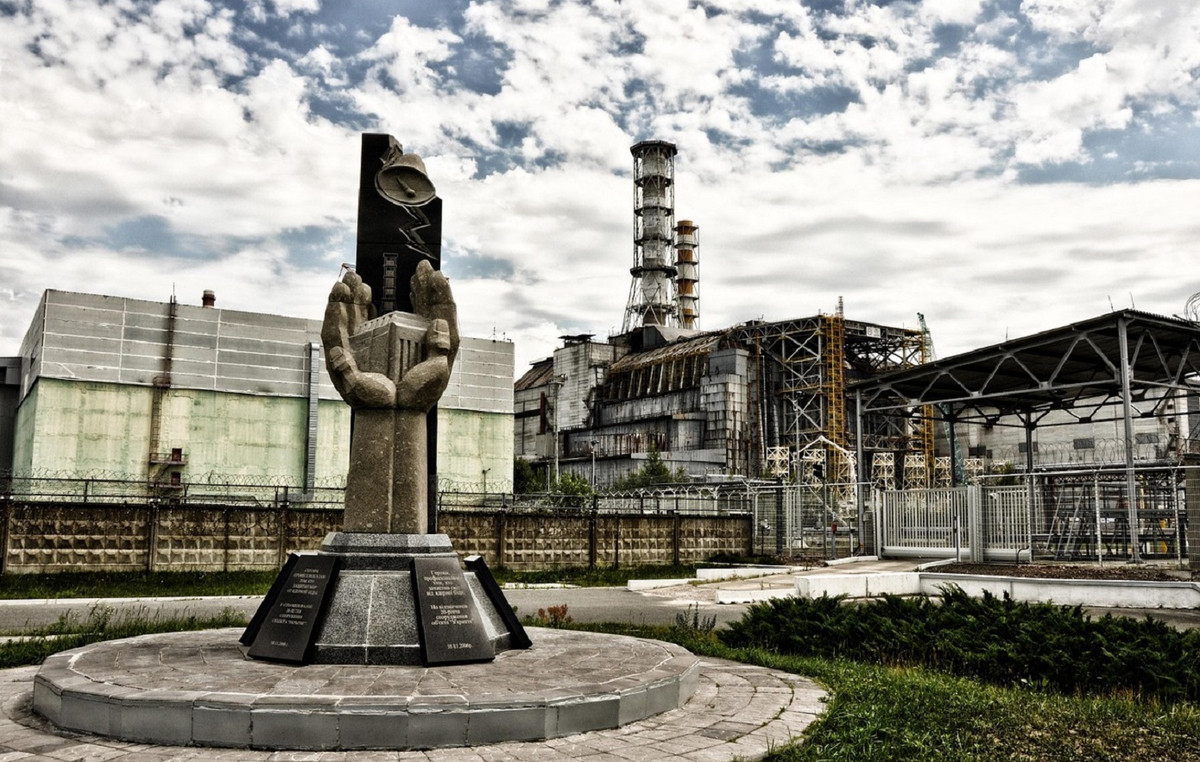- The WTI price collapses to about $ 57.25 in the first Asian session on Wednesday.
- The fears of a possible recession in the US and a commercial war in escalation between the US and China weigh on the price of WTI.
- Crude oil reserves in the US fell to 1,057 million barrels last week, according to the API.
The West Texas Intermediate (WTI), the referent of American crude oil, is being negotiated around $ 57.25 during the first Asian session on Wednesday. The price of WTI extends the fall about a minimum of four years due to the rhetoric of commercial war of US President Donald Trump, the growing fear of a recession in the US and the weak global demand.
The Trump administration will impose a 104% tariff to China from 04.01 GMT on Wednesday, adding 50% more to tariffs after Beijing did not lift its retaliation tariffs on US products before the time deadline of Tuesday established by Trump. Beijing promised not to yield to what he called American blackmail after Trump threatened with an additional 50% tariff on Chinese products if the country did not raise his 34% retaliation tariff.
China’s Ministry of Commerce said that the country would fight until the end, which generates concerns about a global economic slowdown. This, in turn, exerts some selling pressure on the price of WTI.
An unexpected increase in production by the Organization of Petroleum Exporting Countries and Allies (OPEC+) contributes to the decline of the WTI. The OPEC+ announced plans to increase production, with the aim of returning 411,000 barrels per day (BPD) to the market in May, compared to the 135,000 BPD previously planned.
The decrease in crude oil reserves could provide some support for crude oil prices. The weekly report of the American Petroleum Institute (API) showed that crude oil reserves in the US for the week that ended on April 4 fell to 1,057 million barrels, compared to an increase of 6,037 million barrels in the previous week. So far this year, crude oil reserves have increased almost 22 million barrels.
WTI FAQS oil
WTI oil is a type of crude oil that is sold in international markets. WTI are the acronym of West Texas Intermediate, one of the three main types that include the Brent and Dubai’s crude. The WTI is also known as “light” and “sweet” by its relatively low gravity and sulfur content, respectively. It is considered high quality oil that is easily refined. It is obtained in the United States and is distributed through the Cushing Center, considered “the crossing of the world.” It is a reference for the oil market and the price of WTI is frequently traded in the media.
Like all assets, supply and demand are the main factors that determine the price of WTI oil. As such, global growth can be a driver of the increase in demand and vice versa in the case of weak global growth. Political instability, wars and sanctions can alter the offer and have an impact on prices. OPEC decisions, a group of large oil -producing countries, is another key price factor. The value of the US dollar influences the price of WTI crude oil, since oil is mainly traded in US dollars, so a weaker dollar can make oil more affordable and vice versa.
Weekly reports on oil inventories published by the American Petroleum Institute (API) and the Energy Information Agency (EIA) influence the price of WTI oil. Changes in inventories reflect the fluctuation of supply and demand. If the data show a decrease in inventories, it can indicate an increase in demand, which would raise the price of oil. An increase in inventories may reflect an increase in supply, which makes prices lower. The API report is published every Tuesday and that of the EIA the next day. Their results are usually similar, with a 1% difference between them 75% of the time. EIA data is considered more reliable, since it is a government agency.
The OPEC (Organization of Petroleum Exporting Countries) is a group of 13 nations oil producing that collectively decide the production quotas of member countries in biannual meetings. Their decisions usually influence WTI oil prices. When OPEC decides to reduce fees, it can restrict the supply and raise oil prices. When OPEC increases production, the opposite effect occurs. The OPEC+ is an expanded group that includes another ten non -members of the OPEC, among which Russia stands out.
Source: Fx Street
I am Joshua Winder, a senior-level journalist and editor at World Stock Market. I specialize in covering news related to the stock market and economic trends. With more than 8 years of experience in this field, I have become an expert in financial reporting.







